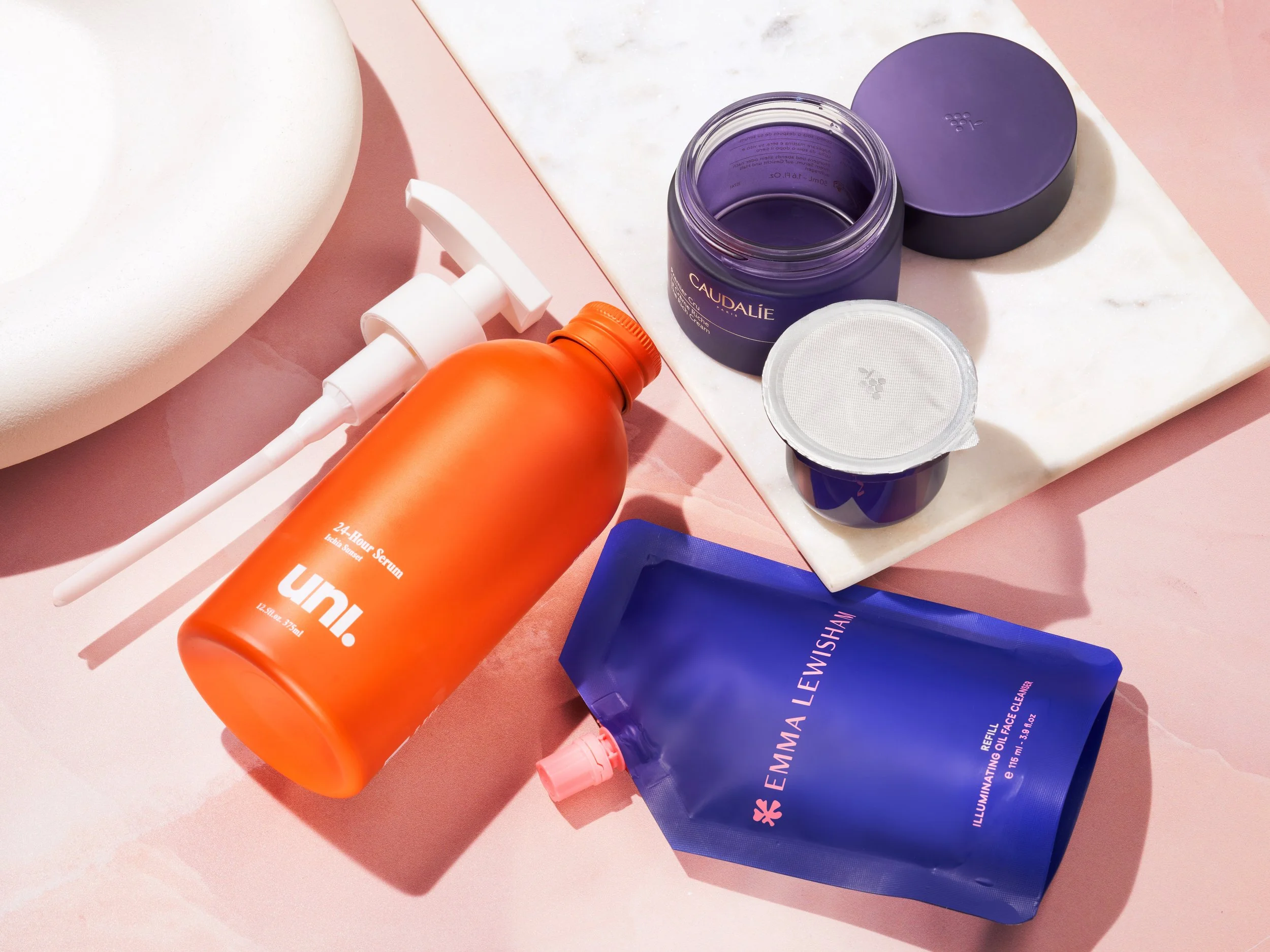The Rise and Fall of Refillable Cosmetic Packaging: Was It Ever Truly Sustainable?
In recent years, the beauty industry has been on a mission to go green. From carbon-neutral manufacturing to recycled materials, sustainability has become a core talking point for every major brand. Among the many eco-friendly shifts, refillable cosmetic packaging emerged as one of the biggest movements, promising to reduce waste, extend product life, and offer consumers a greener alternative to the single-use norm.
But as the initial excitement fades, a growing number of brands are re-evaluating whether refillable packaging truly delivers on its sustainable promise. As the trend matures, many in the industry are asking: was it ever truly sustainable, or just another well-intentioned experiment that didn’t quite work in practice?
The Promise: A Circular Beauty System
Refillable packaging was introduced as part of the shift toward a circular economy, a system where consumers buy a product once and simply replenish it using eco-friendly refills. The idea was simple: reduce single-use packaging, cut waste, and make consumers feel part of a sustainable movement. A circular, less wasteful model that aligned with the industry’s sustainability narrative.
Luxury and mid-tier brands alike jumped on board: Fenty Beauty, Glow Recipe, Dior, Charlotte Tilbury, and The Body Shop all rolled out refillable lines, each promoting the idea that small changes in packaging could make a big difference for the planet. Brands like Dior, Fenty Beauty, and Guerlain released refillable lipsticks and foundations, while The Body Shop and L’Occitane rolled out refill stations in stores. The model looked good on paper, brands could reduce long-term material waste, and consumers could enjoy a “luxury for less” model once the initial packaging was purchased.
When Sustainability Meets Reality
The core issue lies in cost and consumer behaviour.
Refillable packaging requires durable, often premium materials, like glass, metal, or thick acrylic, which are expensive to produce and ship. That cost is passed on to consumers, making the initial purchase price higher.
Take Glow Recipe, for example. When the brand introduced its refillable jars for hero products like the Plum Plump Hyaluronic Cream, the intention was to offer a sustainable alternative. However, the refills themselves were only marginally cheaper than the original jar. For many customers, the perceived value wasn’t strong enough to justify the refill model. Most simply repurchased the full jar instead of buying a separate insert, defeating the intended sustainability purpose and leaving brands with low refill turnover.
Similarly, Fenty Beauty’s Hydra Vizor refillable moisturiser presented its own challenges. The brand’s marketing around gift sets and value bundles often included a completely new outer case rather than just a refill pod. As a result, consumers were inadvertently encouraged to replace their entire product rather than reusing the original packaging. What was meant to be a refill-first product became, in practice, a repeated purchase of full-size packaging, directly contradicting the refill model’s environmental intention. In addition many retailers didn’t even stock the refillable version of the product pushing consumers to purchase the entire new product.
The Sustainability Paradox
Refillable systems sound sustainable in principle, but the life cycle impact often tells a different story.
While it reduces single-use waste, the heavier materials used for durable cases, such as metals, glass, or reinforced plastics, have higher carbon footprints during manufacturing and shipping. Unless a consumer refills the product many times, typically more than five to seven. But because many consumers either don’t repurchase the refills or find them inconvenient to source, especially online, that threshold is rarely met. The result? A sustainable-looking product that may, in fact, generate more environmental impact than a single-use alternative.
The Industry’s Rethink
Brands are now learning from this experiment. Instead of heavily engineered refill systems, many are shifting toward simpler sustainable strategies. Lightweight monomaterial designs, post-consumer recycled (PCR) materials, and packaging minimisation.
Some companies are quietly scaling back refill ranges or repackaging them as luxury collectibles rather than everyday eco-solutions. Others are doubling down on transparency, openly discussing the challenges of cost, consumer behaviour, and real-world environmental impact.
A Lesson in Practical Sustainability
The story of refillable beauty packaging highlights a key lesson: sustainability in cosmetics must balance intention, affordability, and usability. A product can’t be truly sustainable if it’s not practical for the consumer or cost-effective for the brand.
Refills sparked important industry change, forcing brands to innovate and rethink packaging but their decline shows that sustainability needs more than good design. It needs systems that actually work in daily life.
Until then, the refillable revolution remains a reminder that even the best green ideas can fall short when they don’t align with how people really buy, use, and value beauty products.

